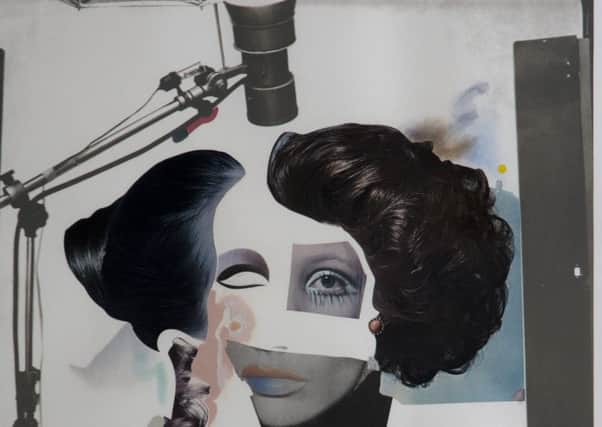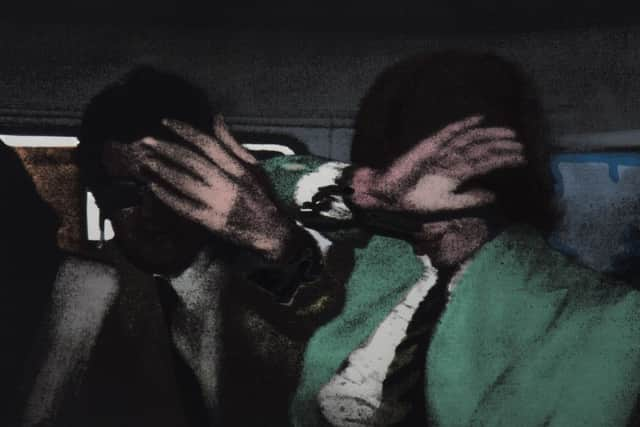Pop Art pioneer Richard Hamilton is the focus of a new exhibition at the Graves Gallery in Sheffield


Richard Hamilton, whose work is being celebrated in a new exhibition at the Graves Gallery in Sheffield, is considered one of the Pop Art movement’s founding fathers. His pioneering pieces using advertising images and collage in the 1950s pre-date many of the works made by Warhol, Roy Lichtenstein, Jasper Johns et al.
The show at the Graves Gallery, entitled It Moves Forward, is part of Sheffield Museums’ continuing Going Public strand established in 2015, a collaboration with private collectors which brings rarely seen works into public galleries.


Advertisement
Hide AdAdvertisement
Hide AdThis exhibition came about through the relationships that the Going Public team have nurtured over the years. “We have an ongoing connection with a collector called Jack Kirkland and he asked us whether we had any Richard Hamilton pieces in our collection,” explains curator Ashley Gallant. “We realised that between us we had the basis for a show, so then we went out to other private collectors and we found some really interesting pieces that either hadn’t been shown publicly for a long time or ever before.”
Works include the 1955 piece Man, Machine and Motion using multiple images of land, sea, air and space travel which is considered a key moment in the British development of Pop Art.
Hamilton died in 2011 at the age of 89 and this extensive show brings together more than 30 works covering the whole range of his long career. “He was at the forefront of the movement,” says Gallant. “His work combined images from high art and pop culture in a really interesting way which was quite controversial at the time. And he played with those images in a much more critical way than the American artists; he had a very British sense of humour about it.” His dry wit is evident in what is probably one of his best known commissions, an instantly recognisable symbol of the 1960s. “He designed the Beatles’ White Album,” says Gallant. “And he used to speak about how Paul McCartney asked him to do something completely different to the Peter Blake Sgt Pepper’s album.” His playful response – plain white with only the band’s name on the front – couldn’t be more of a contrast to Blake’s cornucopia of colour.
Advertisement
Hide AdAdvertisement
Hide AdOther works in the exhibition include Release (1972), a striking screenprint and collage on paper that makes use of paparazzi images taken after a police raid on a party in 1967 which resulted in the arrest of Mick Jagger and Hamilton’s own art dealer Robert Fraser for the possession of drugs and smoking cannabis. Also featured are four prints from his Kent State series, a powerful snapshot of a tragic event at Kent State University in Ohio in 1970 when unarmed students protesting peacefully about the bmbing of Cambodia by US military forces were fired on by police. Four people were killed and nine seriously injured.
Hamilton took a photograph of the BBC footage which included a body lying on the ground,” says Gallant. “The way he was looking at and challenging how images work in the world feels so pertinent to today; it seemed very timely to do this exhibition now.”
At the Graves Gallery, Sheffield, to October 26.